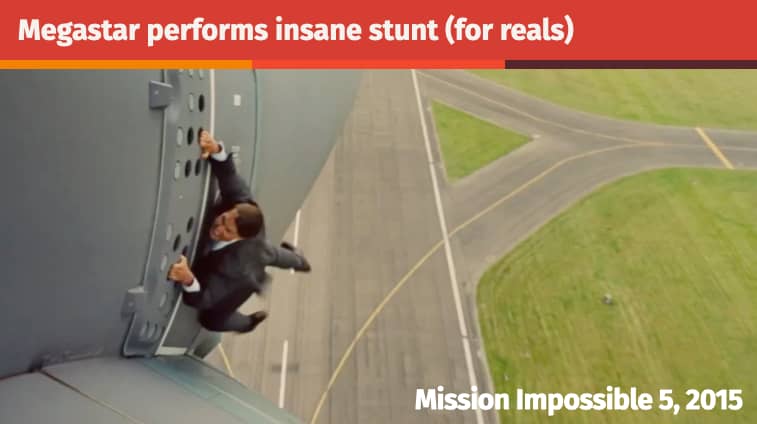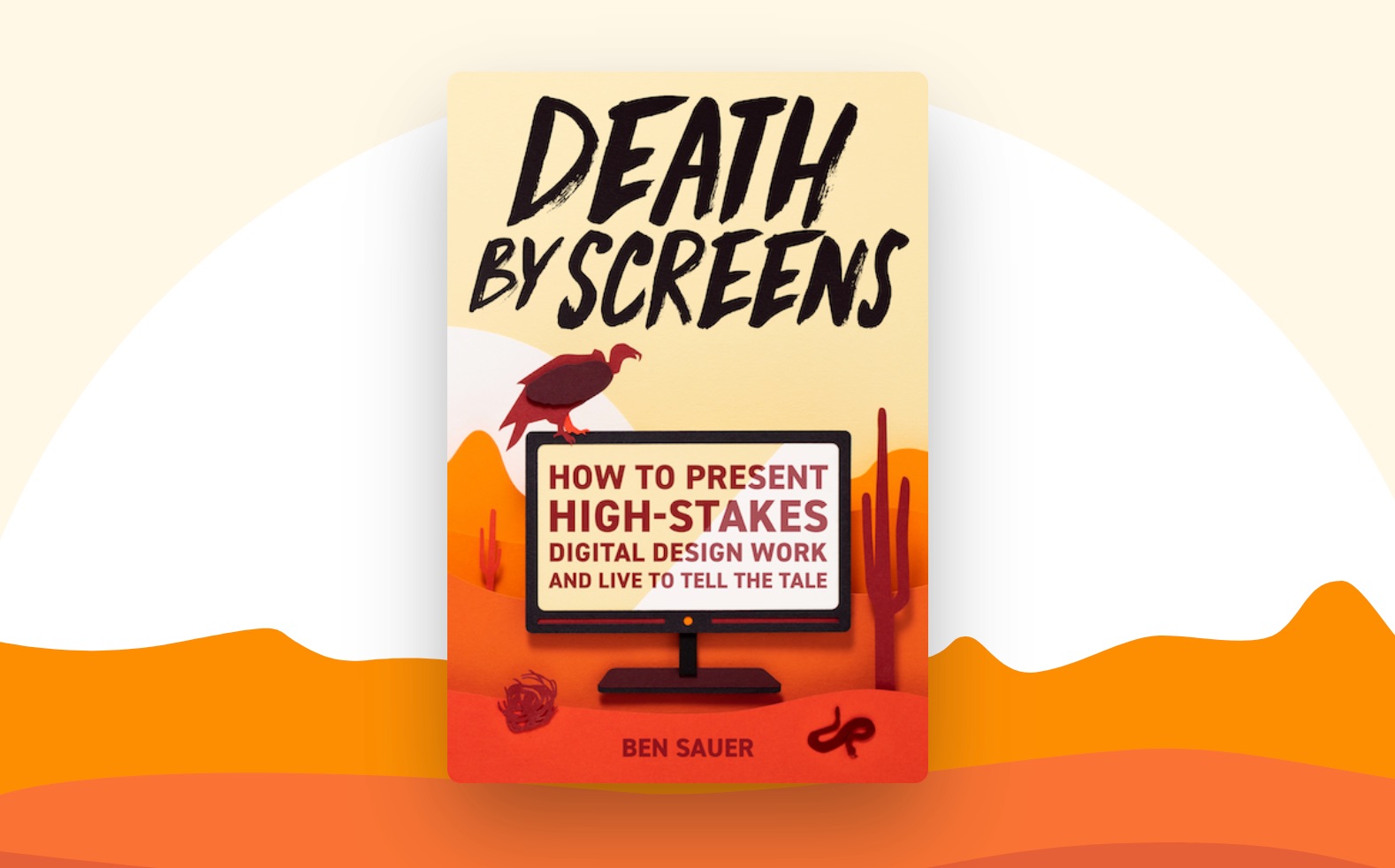A little while ago I ran a survey with my mailing list to find out what people were struggling with most, and one comment stuck out in my mind:
"A lot of the skills (presenting, storytelling, etc) seem important and connected. If there was a single lens to do a several of these I think that would be fantastic."
Absolutely they're connected. Writing and speaking are complementary - comedians create a feedback loop between ideas and performance by jumping between the two. So let's take one skill that affects them all: summarising. Tom Kerwin (author of the Innovation Tactics card deck) told me about some feedback he once received:
"You seem to be able to absorb all the chit chat from an hour-long meeting and then summarise it in a way where we're like 'yeah, that's it!'. How do you do that?"
There's real magic in these 'that's it!' moments. Organisations love people who can compress reality when they summarise - turn a complex thing into a small number of words. Summarise well, and all heads turn towards in your direction: you've reduced the effort they need to spend to understand something. They'll listen carefully to what you say next.
So how DO you do that Tom? (he'll try to tell you it's Multiverse Mapping - not wrong, but let's start simpler!)
Summarise a movie in 7-10 words
Here's a fun way to practise: summarise the movie you just watched. Imagine the events in the movie were real, and you're the journalist writing up the (slightly trashy) newspaper headline:
Barbie: Doll embarks on a self-discovery journey in the real world.
Oppenheimer: Brilliant scientist races to create the first atomic bomb.(or hey, just for fun, summarise both as though they were one?)
It might seem like these are easy to write. But as with design, they're not: you need to do the hard work to make it simple. If you practise this in writing, you'll get better at doing it live in your head when needed.
Imagine you open your notes app as the credits roll on George Miller's Furiosa (no spoilers!) and you...
1. Write the core plot
Focus on the main character and their driving motivations:
Kidnapped child fights for freedom in the apocalypse.
2. Write the actions
Let's focus this time more on what she's actually doing:
Young warrior battles warlords to reclaim her freedom.
3. Bring them together
We can summarise the kidnapping, who she is, and why she fights for freedom by adding the word 'slave'. Plus 'wasteland' is better than the generic 'apocalypse'.
Warrior-slave battles warlords for freedom in the wasteland.
Nothing earth-shattering or engaging, but if you don't know anything about the movie, this is a decent practise-run. If you've seen my talks recently, you'll know that entire movie franchises can be described in totality by summarising just the opening scene of the first movie:
Jurassic Park 1-20: dinosaur kills captors
Scream 1-?: psycho killer terrorises teens
Mission Impossible 2-999: megastar performs insane stunt

(how does he keep going at that age?)
Fun aside: there's a whole subreddit devoted to creating misleading summaries, like this one for Jurassic Park:
Scientist repeatedly grow chickens that won't stay on their farm.
Once you've had some fun trying this with a movie or two this weekend, then you can start applying this at the end of meetings, projects, ideas, or anything that needs explaining. It's a little harder in work, as the main features don't stand out as neatly as movies do, but the practise with movies will help you bulk up those summarising muscles.
My friend Sophie Dennis once described summarising as 'moving up the abstraction ladder'. We spend so much time at the bottom rung - practise summarising to take a few steps upwards.
The horrible truth is that most people don't need all of details in your head, rattling around inside theirs.
